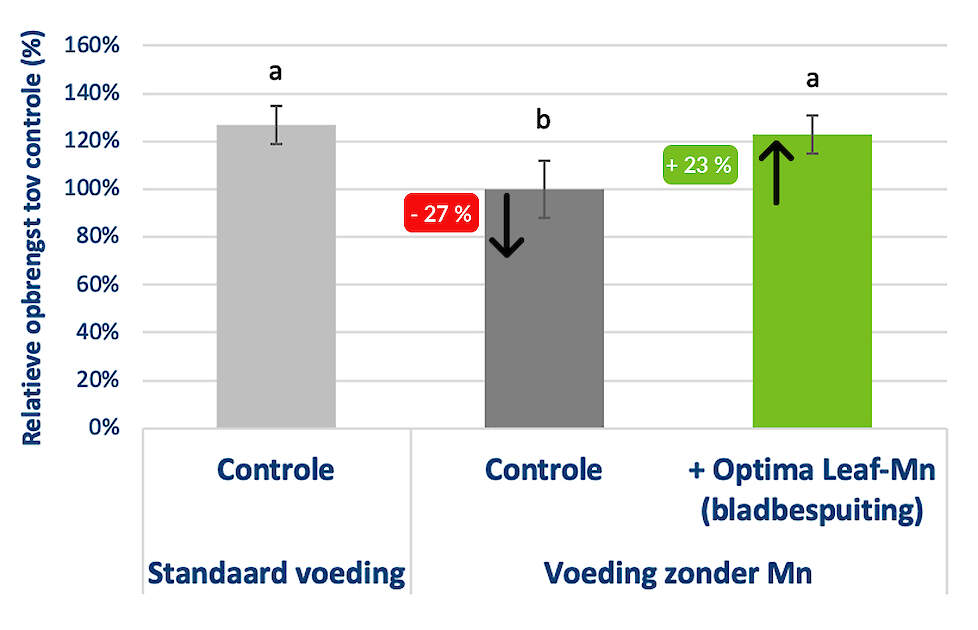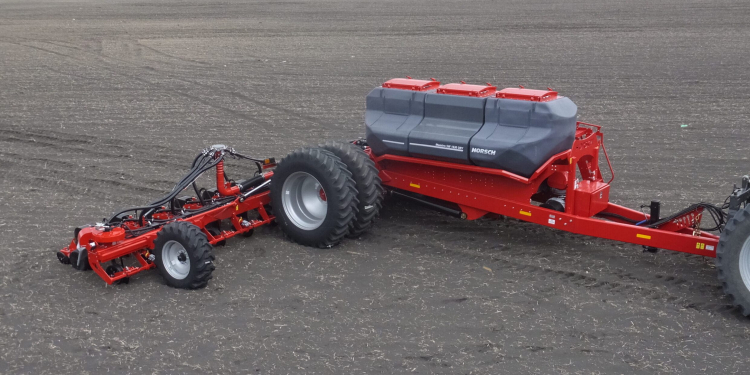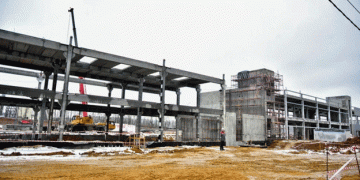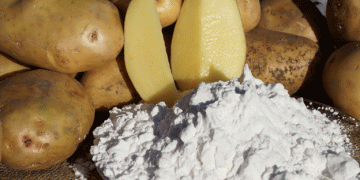With last year’s harvest just off the field, it is also time to look at the coming growing season. An important part of the crop preparation is the fertilization plan. Naturally, the most important main elements nitrogen (N), phosphorus (P) and potassium (K) are initially considered. The soil pH and the organic matter content are also important factors that are fortunately receiving more and more attention. After all, the pH and the organic matter content have a major effect on the plant availability of nutrients. But do you also pay sufficient attention to the presence and availability of trace elements?
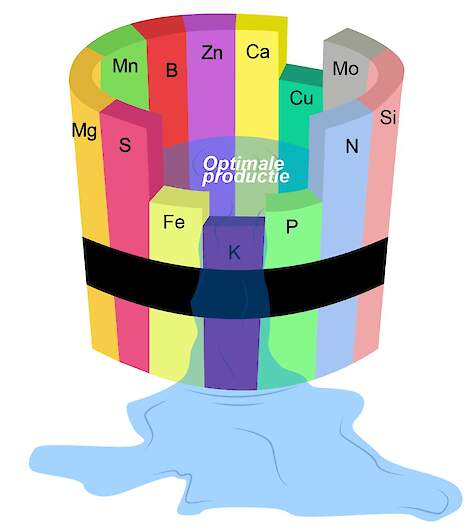
Importance of trace elements
Trace elements are essential for good growth and quality of the crop. Other than the main (N, P, K) and secondary elements (S, Ca, Mg) are trace elements such as iron (Fe), manganese (Mn), zinc (Zn), boron (B) and molybdenum (Mo) but needed in small quantities. The reason for this is that trace elements are used less often for the formation of dry matter in the crop. On the other hand, the trace elements often play a crucial role in the metabolism of plants. For example, many enzymes are completely dependent on trace elements to function properly.
The German scientist Justus von Liebig already described in 1840 that the growth of crops is determined by the nutrient that is relatively the least present. Often this ‘Liebig’s law’ is represented as a barrel whose staves symbolize an element. The barrel can then never be filled beyond the shortest clapboard. In short: a shortage of trace elements can also lead to deficiency symptoms and loss of yield.
When to fertilize with trace elements?
There is discussion about the usefulness and necessity of fertilizing with trace elements. Often enough trace elements are supplied with the use of animal manure to meet the needs of a crop. But the supply of nutrients (fertilizing) is not yet the same as making nutrients available to the plant (feeding the crop). For example, the availability of many nutrients decreases rapidly with a higher soil pH. With a low organic matter content, nutrients are sensitive to leaching, while with high organic matter content specific elements, such as manganese, are properly fixed. Weather conditions, especially drought, also play a crucial role when it comes to the availability of trace elements.
The (correct) use of foliar fertilizers as part of your fertilization plan
Correct fertilization with trace elements is specialized customization.
The soil analysis below shows that the chance of a manganese deficiency on this plot is very high. Due to the high pH, a soil fertilization will have (too) little effect, so foliar fertilization will be recommended.

Soiltech focuses on the correct feeding of the crop in the development of its foliar fertilizers. An effective absorption of nutrients without creating an imbalance is paramount. But also the ability to pour and combine foliar fertilizers in a tank mix determine the right effect in your crop.
In our own research greenhouse and in practice, we conduct a lot of research into the effect of fertilize fertilization. The figure below shows that a significant yield loss is created due to the lack of manganese in a nutrient solution. By applying foliar spraying with Soiltechs Optima Leaf-Mn, this yield loss can easily be prevented.
